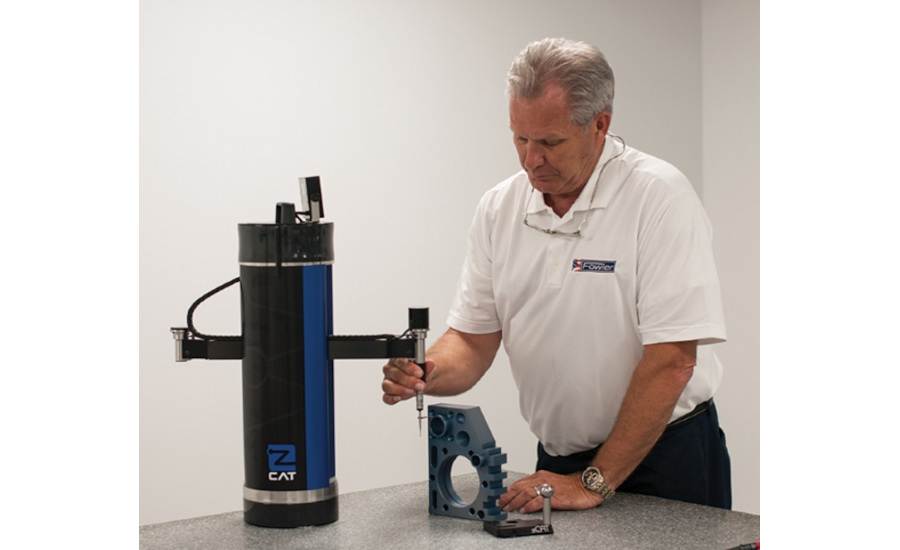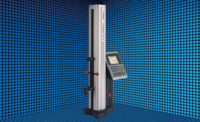Portable coordinate measurement machines (CMMs) are reliable measurement tools that help to minimize product defects.
They are characterized by their flexibility, as they provide more information than hand tools such as calipers and micrometers, which take simple measurements for basic parts.
How Does a Portable CMM Work?
Portable CMM measure the surface geometry of parts. They typically use a measuring arm, also called an articulating arm, which collects a measurement point, or a 3D coordinate, with each point of contact.
Portable CMMs support the computer-aided inspection of manufactured parts by taking measurements and comparing them to CAD models, to decide if the part meets quality standards.
Traditional CMMs are highly accurate, but they are cumbersome, can’t be moved easily, and require controlled environments.
Portable CMMs are a more flexible, less expensive alternative.
Operators can relocate portable CMMs to the shop floor. These lightweight machines do not require controlled environments, either.
They can capture 3D measurements from different categories of parts, and while traditional CMMs are used only for quality inspection, portable CMMs can be used for other applications including reverse engineering, rapid prototyping, and scientific research.
Portable CMMs vs 3D Scanners
Portable CMMs are sometimes compared to 3D scanners (such as laser or structured-light machines) but are different.
Although they both digitize objects, portable CMMs excel at capturing minimal measurements, quickly. 3D scanners take snapshots of parts, capturing more than a million data points in a second. Therefore, a 3D scanner can be excessive if an operator needs a small amount of data.
3D scanners are also non-contact tools, and portable CMMs use touch probes. These probes contact parts directly to measure them, so, 3D scanners are better options for fragile objects.
Reverse Engineering Potential
Portable CMMs are also effective product development tools.
Manufacturers often use them in reverse engineering applications. Instead of designing from scratch, engineers use 3D scanning to capture complex part geometry. They then use this information as a foundation for designing similar products.
For example, engineers can use portable CMMs to repair broken parts, create models from parts that don’t have corresponding CAD drawings, build components to integrate well with existing products, and to improve the design of existing products.
Know Before You Buy
When buying a portable CMM, consider your accuracy requirements. Portable CMMs can cover a range of accuracy levels, but price tends to correspond accordingly.
Also be sure to select a portable CMM that will be able to scan the size of your part.
Know the complexity of the part and decide whether the device can scan your object. Lastly, consider your goals. Will you use it for inspection or reverse engineering applications?
Depending on the manufacturer, some devices come with metrology software, for example.



